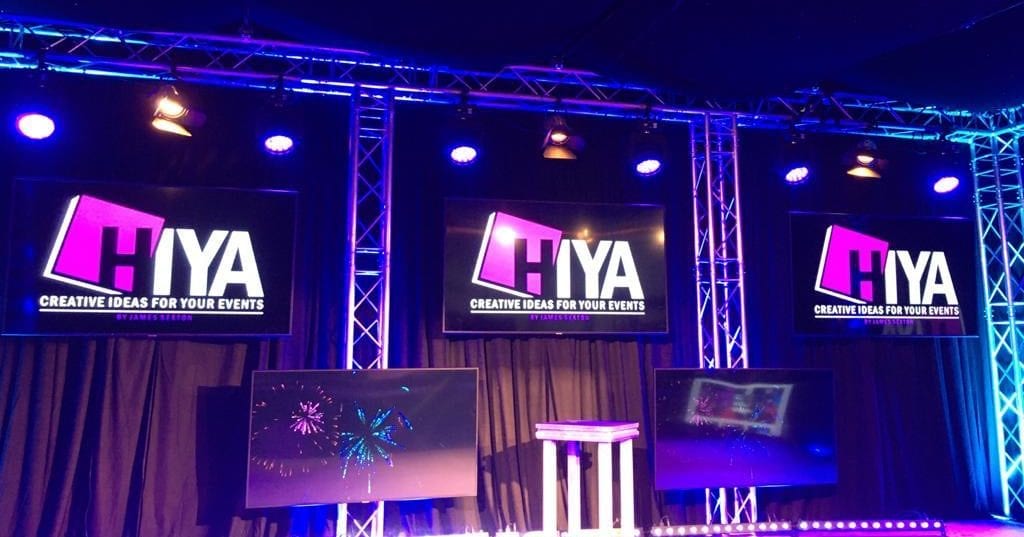A virtual conference event planning in Singapore might appear to be easier to plan than a real event since you won’t have to worry about things like venue, authorizations, food, security, and much more. Whenever it comes to maintaining attendees involved to the finish, though, preparing a successful virtual event can be just as time-consuming and complex.
However, even most best-laid plans can encounter snags from now and then. Unfortunately, while conducting or marketing virtual events, pros might make some blunders.
Not possessing a schedule or a strategy
One of the most common blunders is not having a well-thought-out strategy or agenda. People nowadays have relatively short attention spans, thus having an unstructured event will certainly result in people leaving early. If you don’t prepare, you’ll fail, as the adage goes. Other difficulties include bad audio or Wi-Fi connectivity and a lack of buzz and advertising to lure a crowd to the event.

Attempting to recreate a live experience
A most common error when preparing a virtual event or workshop is attempting to replicate an in-person session in a virtual environment. It would help if you considered what humans require when they are scattered and digital to achieve the same results as you would face. You need to look at this uniquely because there are several advantages, including online, real-time cooperation!
Emphasizing digital marketing
The emphasis is often on generating demand instead of delivering value. Every endeavor must have a return on investment. Yet, consider the larger picture—while events may certainly increase demand, focusing on the quality will attract a lot more individuals into your industry and promote, which you can subsequently nurture with different inbound (and focused outreach) campaigns.
Networking Capabilities aren’t being facilitated
Among the most common mistakes individuals make while advertising a virtual conference event planning in Singapore is not allowing attendees to use the event’s social possibilities. Professionals, on the other hand, desire to encounter other experts.
Yet, hosts seldom make welcomes and never provide a list of who is participating in the video conference or webinar. Attendees frequently want to know who will be coming to the conference and how they can interact once there.
Forgetting to schedule additional breaks
People neglect to prepare for extra breaks and new strategies to keep viewers interested while conducting or advertising a virtual event. They treat them as a poor substitute for live events when they might be much better. Because the event must contend with other demands for attention inside an assembly member’s environment, virtual engagement also necessitates breakout spaces and incentives.

Participants were not adequately prepared for the event
The finest virtual conferences prepare their attendees by providing a list of online tools they may use and a list of online booths, rooms, exhibitors, and various guests with whom they can connect. Event organizers can even produce a brief instructional video about effectively participating using basic screen-recording tools. Hosts that perform poorly to adequately prepare their guests wind up spending half of the evening acting as an IT help desk.

